- Joined
- 16 December 2010
- Messages
- 2,842
- Reaction score
- 2,088
1971 design for a Jupiter Entry Probe designed to sample the atmosphere of Jupiter down to a level equivalent to 17 times the atmospheric pressure of Earth. The proposed carrier vehicles were, TOPS, which would had the medium gain antenna from the baseline design replaced with one that could both act as a communications link to Earth and as a relay antenna for the entry probe and Pioneer which would be fitted with a specially designed relay antenna.
This design can be considered the ancestor of the entry probe that flew on the Galileo mission in the 1990s
Jupiter Entry Probe - Configuration

Jupiter Entry Probe - Instrumentation (Dark = Selected)

Thermoelectric Outer Planets Spacecraft (TOPS) - Launch and Flight Configurations


Pioneer - Launch and Flight Configurations


The documents covering the design are currently unavailable from the NTRS so I'm making them available via box.net.
https://app.box.com/s/egkrovmmu09u5rrjwybe
This design can be considered the ancestor of the entry probe that flew on the Galileo mission in the 1990s
Jupiter Entry Probe - Configuration
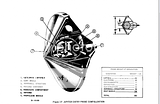
Jupiter Entry Probe - Instrumentation (Dark = Selected)
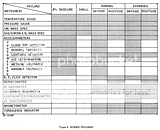
Thermoelectric Outer Planets Spacecraft (TOPS) - Launch and Flight Configurations
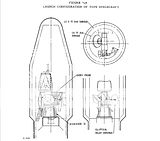
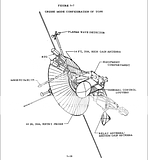
Pioneer - Launch and Flight Configurations
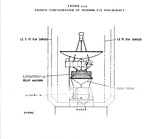
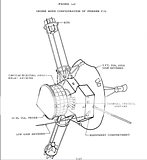
The documents covering the design are currently unavailable from the NTRS so I'm making them available via box.net.
https://app.box.com/s/egkrovmmu09u5rrjwybe
